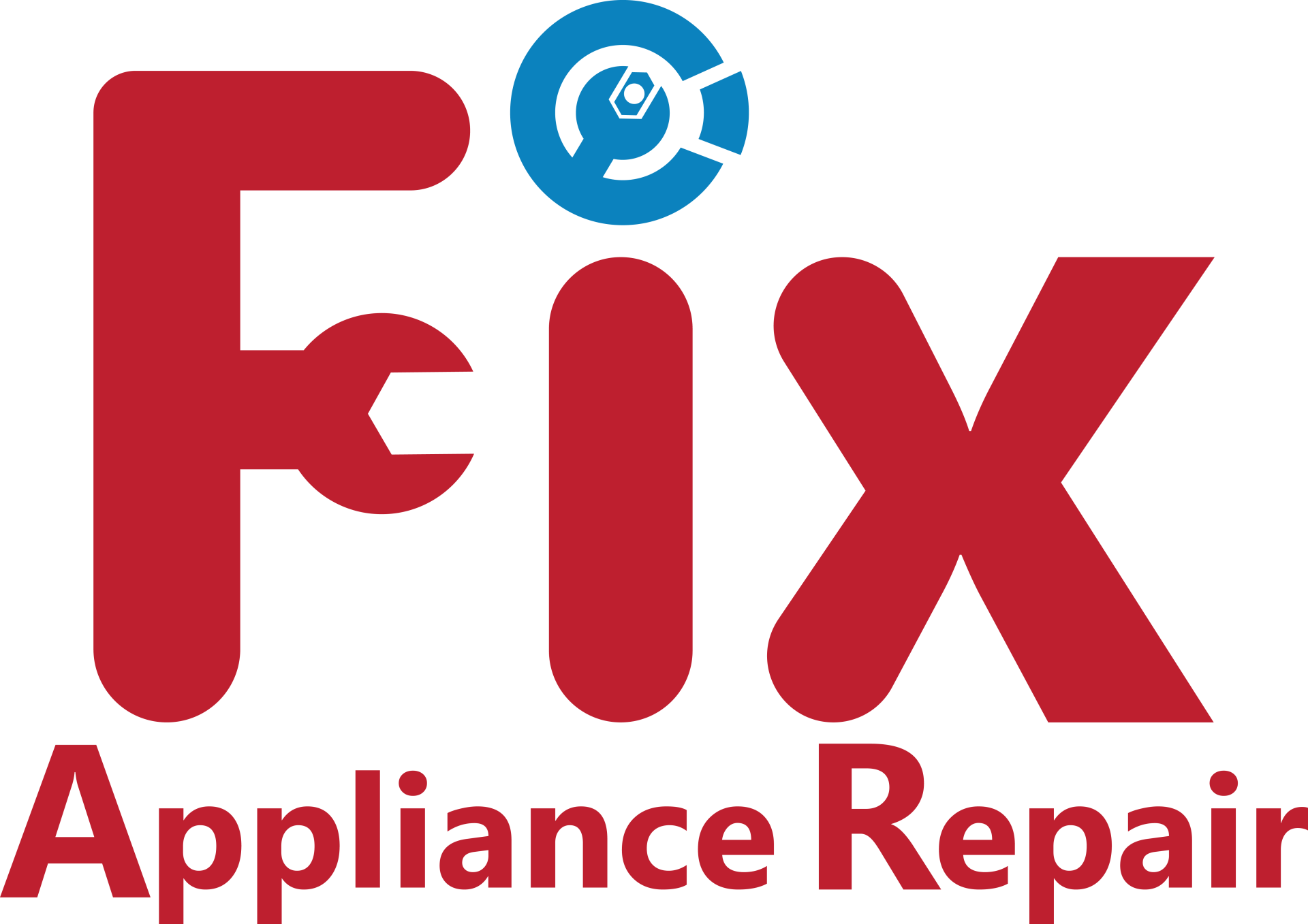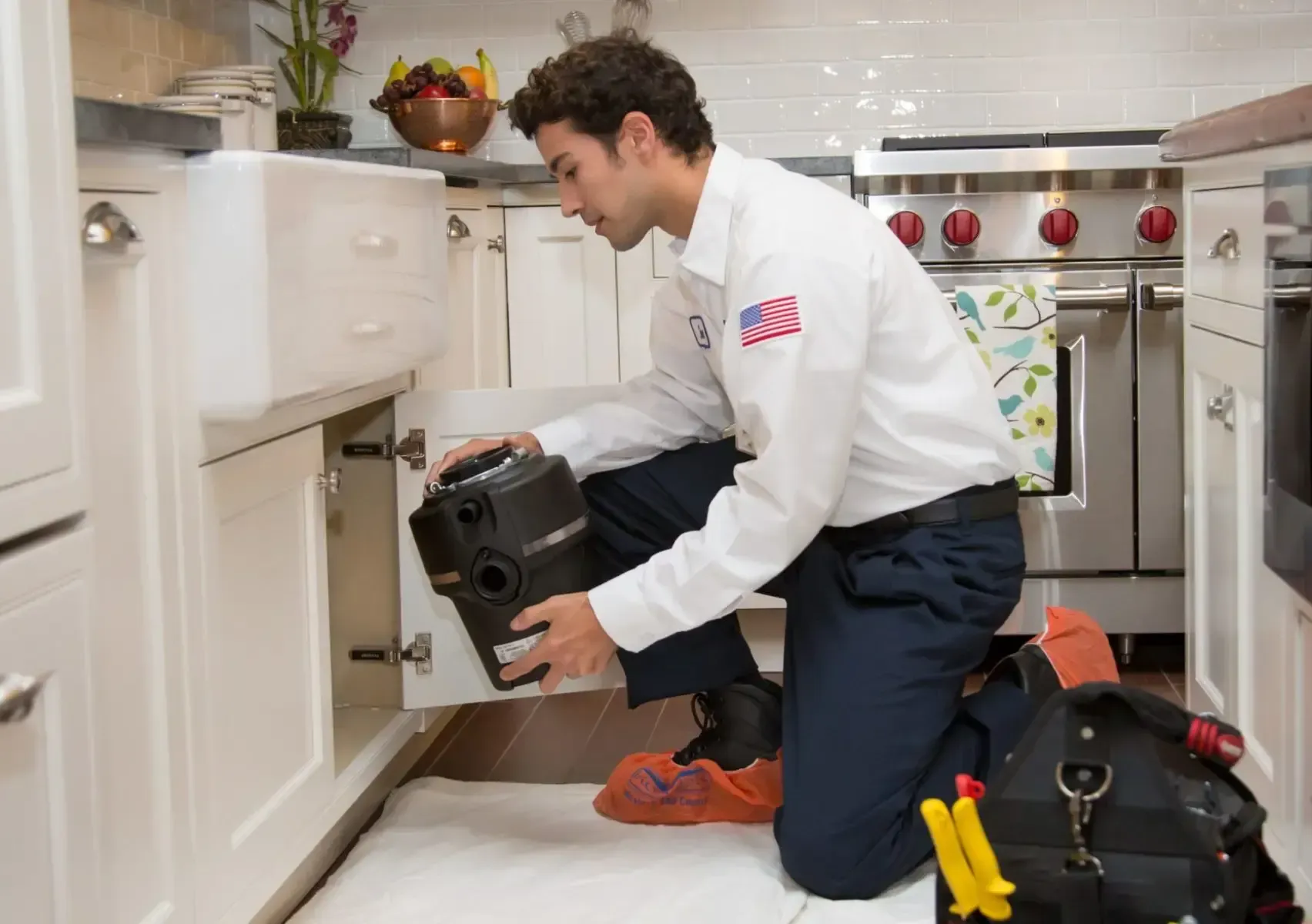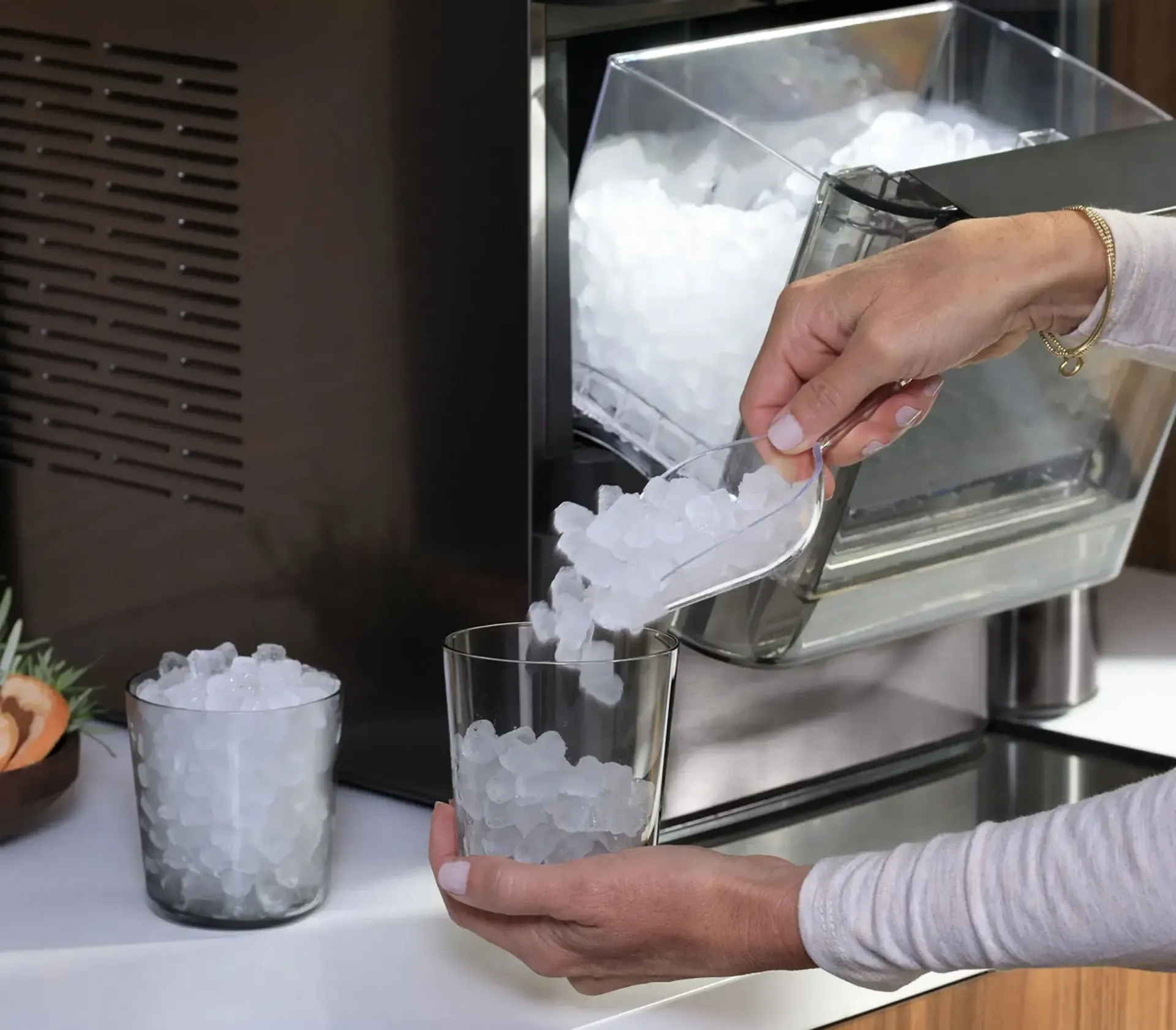The oven is the heart of the kitchen, essential for baking, roasting, and cooking a variety of dishes to perfection. However, when your oven starts malfunctioning, it can disrupt meal preparation and cause frustration. Before you resort to ordering takeout or calling a professional repair service, consider mastering some DIY oven repair strategies. In this comprehensive guide, we'll explore common oven issues and provide step-by-step techniques to diagnose and fix them, empowering you to regain control of your kitchen.
Understanding Your Oven:
To effectively troubleshoot and repair your oven, it's essential to understand its basic components and how they work together. The main parts of an oven include the heating elements (bake and broil), the thermostat, control panel, door gasket, and the oven light. Familiarize yourself with these components by consulting your oven's manual or doing some online research. This knowledge will enable you to pinpoint potential problems more accurately.
Diagnosing Common Issues:
a. Oven Not Heating:
- If your oven fails to heat up, it could be due to a faulty heating element, a malfunctioning thermostat, or a broken igniter (for gas ovens).
- Start by checking the heating elements for signs of damage or wear. A visual inspection can often reveal cracks or breaks in the element.
- Test the continuity of the heating elements using a multimeter to determine if they are functioning properly. Replace any defective elements.
- For gas ovens, inspect the igniter for signs of wear or damage. A weak or non-functioning igniter may need to be replaced to restore proper heating.
b. Uneven Cooking:
- If your oven cooks food unevenly, it may be due to temperature fluctuations or a malfunctioning thermostat.
- Use an oven thermometer to verify the accuracy of the temperature settings. If the actual temperature differs significantly from the set temperature, recalibrate the thermostat accordingly.
- Ensure that the oven door gasket is intact and properly sealing the oven cavity. A damaged or worn gasket can cause heat loss and uneven cooking.
- Distribute food evenly on the oven racks to promote consistent airflow and heat distribution.
c. Oven Not Self-Cleaning:
- Many modern ovens come equipped with a self-cleaning feature, but if yours isn't working, it could be due to a malfunctioning door latch mechanism, temperature sensor, or control board.
- Check the door latch mechanism for any obstructions or damage. Clean and lubricate the latch to ensure smooth operation.
- Test the continuity of the temperature sensor using a multimeter to determine if it's functioning correctly. Replace the sensor if necessary.
- Inspect the control board for any signs of damage or burnt components. Replace the control board if it's the source of the problem.
d. Oven Door Won't Close Properly:
- A misaligned or damaged oven door can prevent proper sealing, leading to heat loss and inefficient cooking.
- Inspect the hinges and springs to ensure they are properly aligned and functioning smoothly. Tighten loose screws or replace damaged components as needed.
- Clean the door gasket and the surrounding area to remove any debris or food residue that may be obstructing the door's closure.
- Adjust the door latch mechanism to ensure a tight seal when the door is closed.
Tools and Supplies:
Before embarking on any oven repair work, gather the necessary tools and supplies to facilitate the process. You may need a multimeter for testing electrical components, screwdrivers of various sizes, pliers, wrenches, and lubricants for moving parts. Additionally, keep replacement parts such as heating elements, thermostats, door gaskets, and control boards on hand in case they are needed.
Safety Precautions:
Safety should always be a top priority when working on electrical appliances like ovens. Before starting any repair work, make sure to disconnect the power supply to the oven to prevent the risk of electric shock. Wear protective gear such as gloves and safety goggles to shield yourself from sharp edges and chemical cleaners. If you're unsure about any aspect of the repair process, don't hesitate to seek professional assistance.
Step-by-Step Repair Guides:
a. Testing Heating Elements:
- Turn off the power to the oven and remove the heating element covers.
- Use a multimeter to test the continuity of the heating elements. Replace any elements that do not show continuity.
- Reinstall the heating element covers and restore power to the oven.
b. Recalibrating Thermostat:
- Preheat the oven to a specific temperature and use an oven thermometer to verify the actual temperature.
- If there's a significant difference between the set temperature and the actual temperature, refer to your oven's manual for instructions on recalibrating the thermostat.
- Follow the calibration procedure carefully to ensure accurate temperature control.
c. Replacing Door Gasket:
- Open the oven door and locate the door gasket, which is typically attached to the oven cavity with screws or clips.
- Remove the old gasket by loosening the screws or clips and pulling it away from the oven cavity.
- Clean the area where the gasket was attached to remove any debris or adhesive residue.
- Install the new gasket by aligning it with the oven cavity and securing it in place with screws or clips.
- Close the oven door and test the seal to ensure proper closure and sealing.
d. Repairing Door Latch Mechanism:
- Remove the oven door by lifting it off the hinges or by sliding the hinge locks to the release position.
- Inspect the hinges and springs for damage or misalignment. Tighten loose screws or replace damaged components as needed.
- Clean and lubricate the door latch mechanism to ensure smooth operation.
- Reinstall the oven door and test the latch to ensure proper closure.
Taking Charge
With the right knowledge and techniques, many common oven issues can be diagnosed and repaired at home, saving you time and money. By following the DIY strategies outlined in this guide, you can regain control of your kitchen and ensure that your oven operates smoothly and efficiently. However, always prioritize safety and seek professional assistance if you encounter any challenges beyond your expertise. With a little effort and know-how, you can master oven repair and keep your kitchen running smoothly for years to come.



